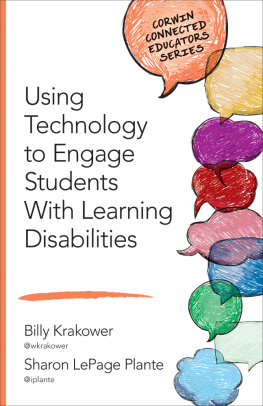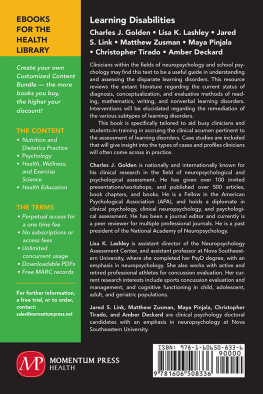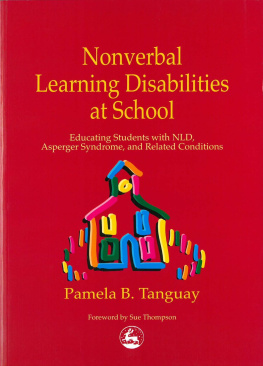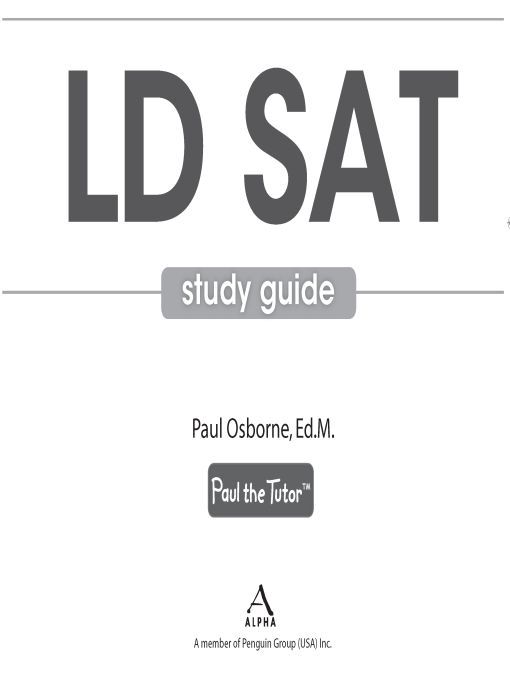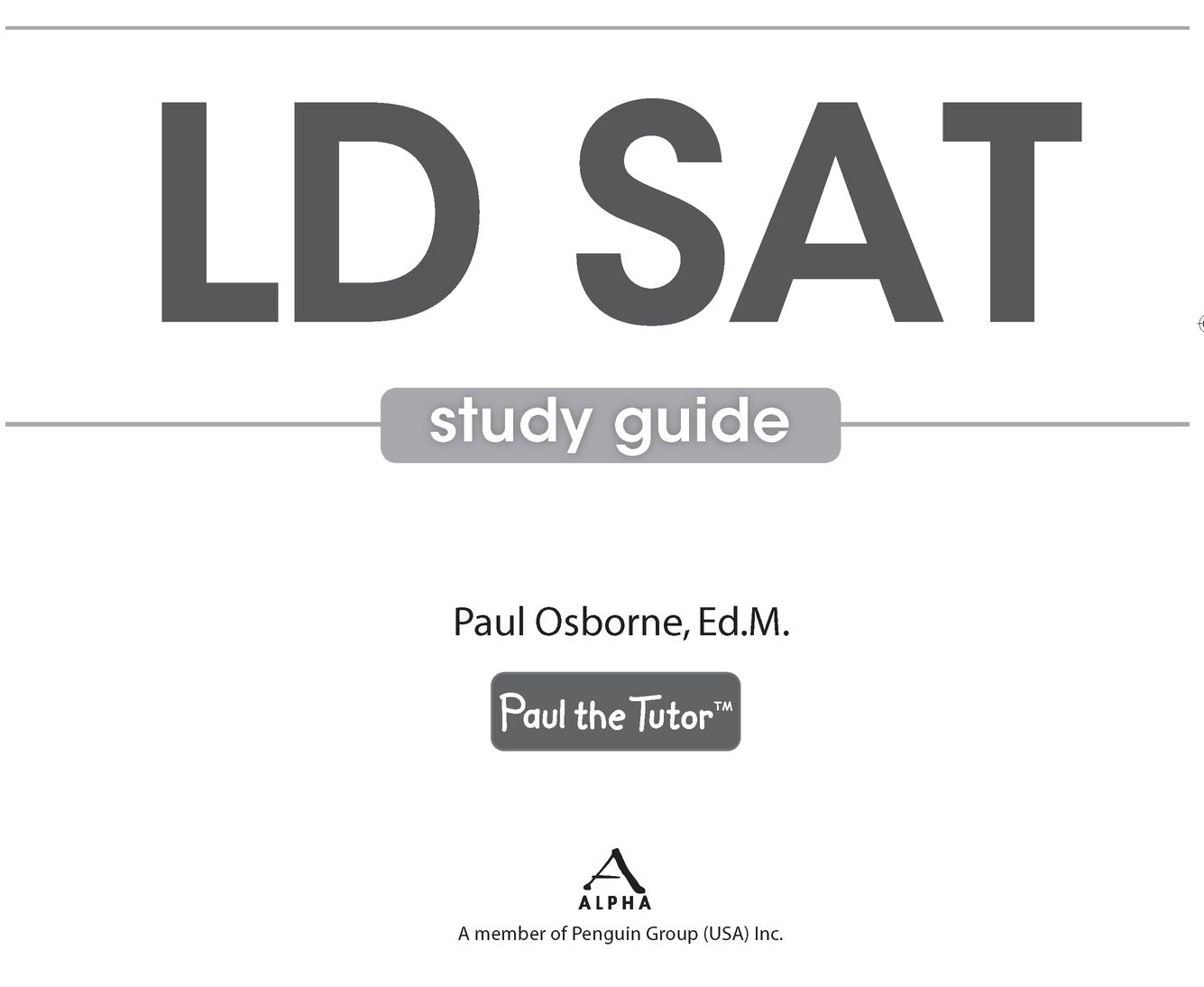Table of Contents
Dedication
This book is dedicated to my wonderful and supportive wife, Courtney, whose great sacrifices have allowed me the freedom and time to write this book.
Acknowledgments
I would like to acknowledge the great sacrifices that my wife and sons have had to make in order for me to write this book.
A book like this requires many more people than a single author. I would like to thank my agent, Andre Abecassis, for finding this book a home.Thanks to all of the people at Alpha Books who have worked tirelessly and put up with me, especially Mike Sanders, Lynn Northrup, Janette Lynn, Sonja Nikkila, and Tammy Graham. My contributing authors, Erik R. Winston, M.Ed., Ilana Fried, and Fletcher Korfhage-Poret, have made significant contributions to the book. Thanks to Erin Zaleski, Cynthia Geddes, Terry Champion, and Carlo Cerruti for reviewing my work. Special thanks to John Faggi and Richard Cushman for sharing their knowledge with me. Finally, I would like to thank all of the people who also made contributions to the content of the book, including David Adler, Steven Monahan, Kevin Weaver, Crystal Weston, Jennifer Werner, Kenni Alden, Eric Meyers, Eric Shafer, Stefanie DeLeo, Whitney Eldridge, and the guys at SGLM (Software Graphics Media language).
Introduction
Using This Guide
This guide is designed specifically to help students with learning disabilities study and prepare for the SAT. In it you will find tips, techniques, and strategies that will be helpful for all students. In addition, you will find a variety of advice for students with learning disabilities in general, as well as advice for students with specific disabilities, difficulties, and accommodations.To get the most out of this guide, you must understand how to use some of its important features.
There are three important features you should be familiar with:
Sidebars
Examples and problems
The 500/650/800 grading system
Sidebars
Sidebars are the boxes you will see throughout this book, like the one here. You will most commonly see these different types of sidebars: Definition, Remember, Watch Out!, How Common Are They, For More Information, and disability-specific sidebars.
This is an example of a sidebar. You will find sidebars throughout this manual giving you little tips or providing other valuable information.
Definition Sidebars
These sidebars define words that are used in the book. If you notice that a word is in italics in the text, be sure to check for the definition in the definition sidebar, where the word will appear in bold.
DEFINITION
Italics are letters that are slanted to the right. These words are in italics.
Remember Sidebars
The Remember sidebars are there to remind you of the key points you have just read. Its important that you remember whatever is in a Remember sidebar.
Watch Out! Sidebars
Watch Out! sidebars point out common mistakes people make so that you can avoid them.
How Common Are They? Sidebars
These sidebars will tell you how common particular types of problems are on the SAT.
For More Information Sidebars
These sidebars will let you know where you can look for more information on a given subject.
Disability-Specific Advice Sidebars
Throughout the book you will see advice given to students with a specific learning disability or difficulty. Be sure to read any of these sidebars that pertain to your disability or difficulty because they have advice specifically for you.
Examples and Problems
There will be four types of problems you will encounter in this book, and each plays a different role: Examples, Guided Practice, Check Your Understanding, and Sample SAT Problems. Its important that you know what each of these types of problems are for.
Examples
Guided Practice
Check Your Understanding
Sample SAT Problems
Examples
These will be problems that you are shown how to solve. You will be given advice about how best to think about the problems, and what steps you need to take to solve similar problems or to put particular techniques to use.
Guided Practice
You will be presented with problems to do on one page, and then on the next page you will be shown all of the steps required to solve the problems, as well as the best ways to think about the problems.
Check Your Understanding
These questions are designed to test whether or not you understand the information that is provided in the book. Unlike many SAT questions, these will ask you very clearly what information they are looking for.
Sample SAT Problems
These problems will mimic the SAT problems as closely as possible.They will take the concepts from the preceding pages or section and incorporate them into SAT-like problems.These problems will be far more complex than the Check Your Understanding questions.
Where to Find the Answers
The answers to the Guided Practice problems will be on the page after the problems. The answers to all of the Check Your Understanding and sample SAT problems will be at the bottom of the same page where the problems are, or will follow on the next page.
500/650/800 Difficulty Scale
There is only so much time that each student has to study for the SAT, so no one can study everything that is available. I took this into consideration when I put the book together. Some parts of this book might provide very complicated techniques, or information that only seldom is required for the SAT. It would not make sense for every student to read these parts of the book. But for the students who are trying to get an 800 on that section of the test, they need to learn every possible technique, trick, and piece of information about the SAT they can. I have devised a system for the reader to use to distinguish which sections of the book you should read, and which sections of the book you should skip. All content of the book will be labeled as 500 Skill Level, 650 Skill Level, or 800 Skill Level. You will notice one of three symbols at the top of every page.
These symbols will let you know the particular skill level of that page. For each particular section that the page coversMath, Critical Reading, or Writingyou will determine if that page is appropriate for you based on its skill level.
500
500 Skill Level: This Is for Everyone
If a page is labeled 500 Skill Level, it means that it contains information that everyone should read, no matter what score you are trying to get on that particular section of the SAT. Pages labeled with a 500 are not only for students who hope to score 500, they are for every student.
650
650 Skill Level: If You Hope to Score 650 or Above
Pages labeled 650 Skill Level contain information that anyone hoping to score 650 or higher in that particular section of the SAT should read. Remember that 650 pages are for everyone who wants to score 650 or above. If you are shooting for an 800, you need to read the 650 sections.




